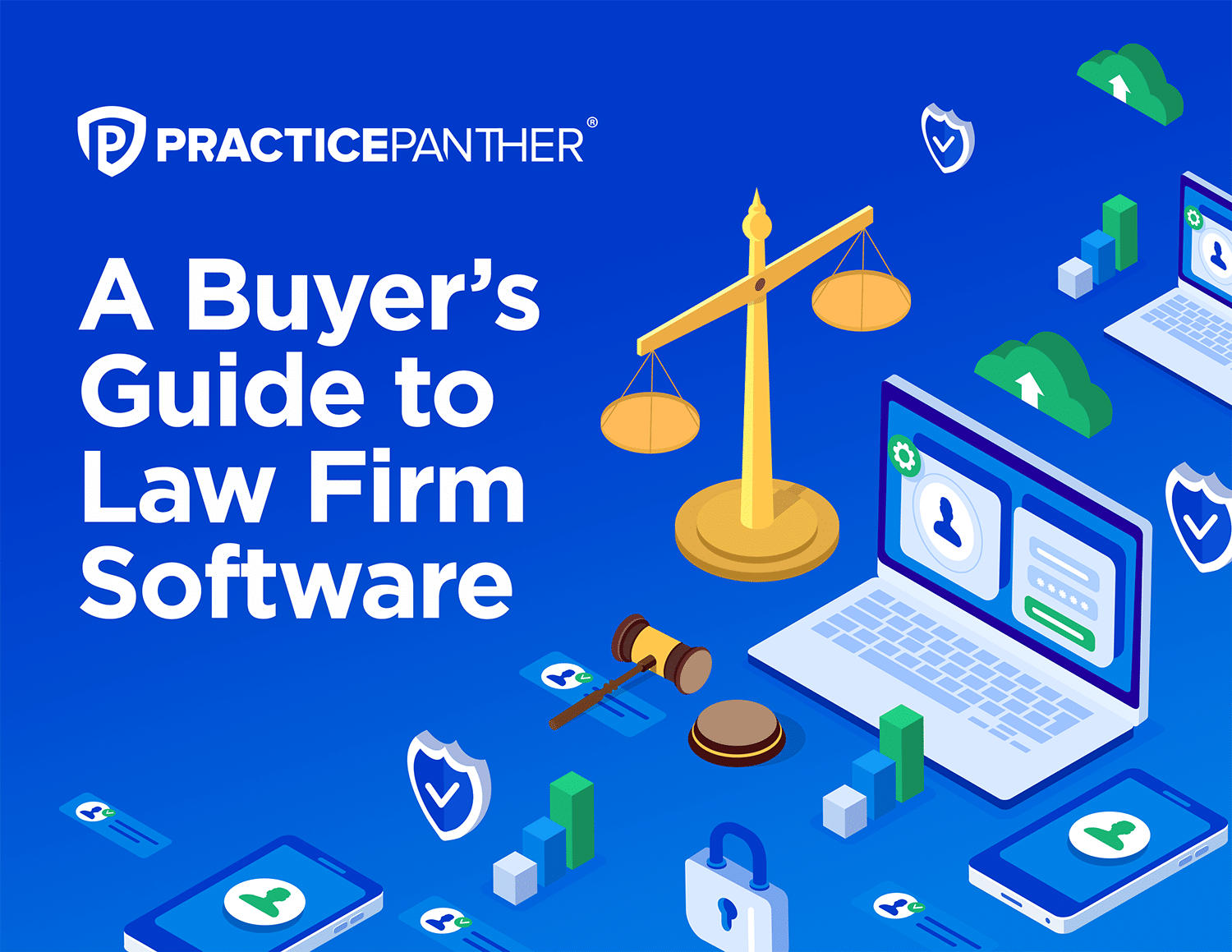It’s important for law firms to know how to create effective client intake forms as it sets the tone for the relationship between them and the client. A strong, well-composed form with all the important details showcases a firm’s professionalism and competence.
Law firms have an opportunity to impress clients immediately by providing a seamless and professional experience that collects all the vital information. This is true whether client intake forms are written or scripted via phone call. It also helps to screen and qualify prospects, which is important for a firm that handles multiple practice areas.
Improving the firm’s intake process is essential for a better return on investment, client satisfaction, and conversion rate.
Understanding the Client Intake Process
The client intake process is about more than a form – it includes every step of the process from attracting new clients to the moment they sign an engagement letter. It may also include the onboarding process.
The stages of the intake process may include:
- Attracting clients: Clients can find lawyers through friends and family, web searches, paid ads, or social media content.
- Capturing contact information: This may take place on the client intake form, or in advance through newsletter signups, website content forms, or gated content.
- Pre-screening: Before a consultation is booked, clients should fill out a form to provide information necessary to see if they’re a match for the firm. Several challenges may come up, including a limited budget or a need for a different area of practice.
- Conflict verification: The client intake process can reveal potential conflicts of interest before too much time is spent with the client.
- Scheduling a consultation: Once qualified, clients can book a consultation to discuss next steps.
- Collecting information: The client intake questionnaire is necessary to gather information for the case.
- Signing a fee agreement: A form is signed by the client outlining all fees, billing cycles, payment methods, applicable arrangements, and other pertinent billing information, which is then signed.
- Onboarding: The client onboarding process should include detailed information about billing cycles, how to pay, lawyer availability, and the case process.
Here’s what a law firm client intake process should contain: Key components to create effective client intake forms:
Contact Information
The client intake form is part of the sales process and can be used to turn prospects into paid clients, qualifying leads along the way. The time spent on intake is designed to qualify and screen potential clients and eliminate people who are just wasting the firm’s time with dead-end inquiries.
For the serious leads, the client intake form will gather all the pertinent information for the law firm to address their needs and follow up with them. The contact information should include their full name, address, phone number, email address, and fax, if applicable.
Case Information
Another important aspect of client intake forms is the case information, which may include the names of the parties involved, income, current employment status, and details about the legal issue. This information can tell the firm what type of legal services the client will need and highlights any potential conflict of interest, budget limitations, or other obstacles.
For large firms with multiple areas of practice, this part of the client intake form helps to screen candidates and direct them to the right department. In some cases, this information may mean that the client needs a different type of law firm or lawyer than the firm provides.
These questions should be targeted to the area of practice. For example, a personal or car accident injury attorney should ask about the dates and nature of the accident, its location, and any injuries. These simple questions can save a lot of time and resources by qualifying leads correctly.
Referral Information
Not all leads will end up signing on as clients, but law firms can learn a lot about their current client acquisition process with a referral section on the client intake form. Questions about how the client discovered the firm, such as through word-of-mouth from friends and family. An online search or paid advertising can show the firm what methods are effective for driving clients, and which could use more work.
Retainer Agreements
Retainer agreements can be tedious. Even with a template, firms need to replace the names, contact information, fees, and client details – not to mention the risk of error. This is an important part of the client intake process, however, and requires the client to verify their information and that they understand the costs of retaining legal services.
The retainer agreement is a great opportunity to outline all expectations, policies, and procedures of the law firm to ensure the client complies. Legal management software can streamline this process by replacing all the relevant information in the agreement as needed.
Legal Fees
Clients prefer transparent processes. The client intake process should include details about the firm’s billing processes, methods of payments, and any available payment plans. It’s important for firms to be sensitive to a client’s budget, but not undervalue their services. If the firm offers payment plans or alternative billing, now is the time to discuss it.
Follow-Up Appointments
After the intake process or consultation, the client should schedule a follow-up appointment. This can prevent clients from seeking other law firms. Depending on the circumstances of the case, such as a hospitalized client due to personal injury, it may be beneficial for lawyers to schedule in-home or in-hospital visits.
Scheduling is a hassle and time-consuming, sometimes, but there are several options. Law firms can use text or phone calls to set appointments or legal management software that offers self-scheduling or calendar integrations for clients to schedule themselves at their convenience. Both parties should receive reminders through notifications.
Gathering Data to Create Effective Client Intake Forms
Though all client intake forms should be standardized, law firms can include custom fields to get drilled-down data from the intake process. The client intake process offers a wealth of data about the clients and prospects for a law firm, which can be used to provide a better client experience and retain current clients. Practice management software offers a client management portal that stores and manages important client data for future use, all automatically.





